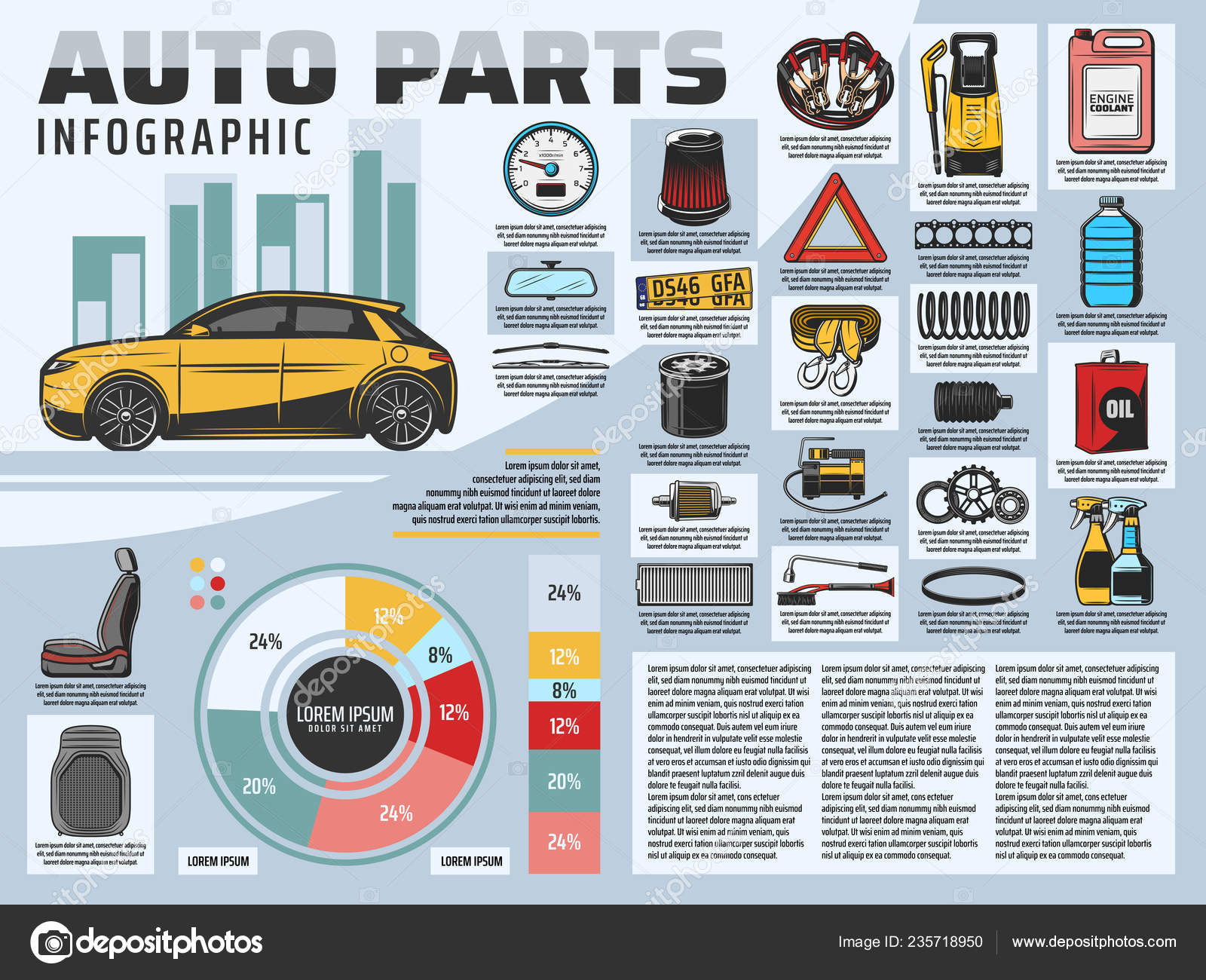Gain Understanding Right Into The Control Panel Caution Lights In Your Lorry To Understand Their Ramifications On Your Cars And Truck'S Wellness And Safety
Gain Understanding Right Into The Control Panel Caution Lights In Your Lorry To Understand Their Ramifications On Your Cars And Truck'S Wellness And Safety
Blog Article
Material Composed By-Johannsen Boyer
When you're behind the wheel, those glowing caution lights on your control panel can be a bit bewildering. Do you recognize what they're attempting to inform you regarding your car's wellness? Recognizing the value of these lights is essential for your safety and the longevity of your vehicle. So, the following time among those lights turns up, wouldn't you wish to analyze its message accurately and take the necessary actions to resolve it?
Common Caution Lights and Interpretations
Recognize usual caution lights in your vehicle and understand their significances to guarantee safe driving.
The most common caution lights include the check engine light, which signifies problems with the engine or exhausts system. If this light begins, it's vital to have your vehicle examined promptly.
The oil pressure alerting light shows reduced oil stress, requiring instant interest to prevent engine damage.
A blinking battery light may recommend a damaged billing system, potentially leaving you stranded if not dealt with.
The tire stress monitoring system (TPMS) light signals you to reduced tire pressure, impacting vehicle stability and gas efficiency. Neglecting auto repair financing can lead to risky driving conditions.
The abdominal muscle light suggests a trouble with the anti-lock braking system, endangering your capability to quit swiftly in emergency situations.
Finally, the coolant temperature level alerting light warns of engine overheating, which can cause extreme damages otherwise resolved swiftly.
Understanding these usual warning lights will help you deal with problems without delay and preserve risk-free driving conditions.
Significance of Prompt Focus
Recognizing the usual caution lights in your car is only the very first step; the significance of promptly attending to these cautions can't be highlighted sufficient to ensure your safety when traveling.
When a warning light illuminates on your control panel, it's your car's method of communicating a prospective concern that needs attention. Overlooking these cautions can result in more serious issues down the road, endangering your safety and security and potentially costing you more in repairs.
Motivate focus to warning lights can protect against breakdowns and crashes. For instance, a flashing check engine light could suggest a misfire that, if left unattended, might create damages to the catalytic converter. Resolving this without delay can conserve you from a costly fixing.
Similarly, a brake system alerting light could indicate low brake fluid or used brake pads, essential components for your safety when driving.
Do It Yourself Troubleshooting Tips
If you observe a warning light on your control panel, there are a few do it yourself troubleshooting pointers you can try before seeking specialist assistance.
The initial step is to consult your car's manual to recognize what the details caution light shows. In some cases the problem can be as simple as a loosened gas cap activating the check engine light. Tightening up local auto repair might solve the problem.
One more usual problem is a reduced battery, which can set off numerous alerting lights. Inspecting the battery links for corrosion and ensuring they're safe and secure could take care of the problem.
If a caution light continues, you can try resetting it by separating the cars and truck's battery for a couple of minutes and then reconnecting it. In addition, inspecting your vehicle's liquid levels, such as oil, coolant, and brake fluid, can aid repair alerting lights related to these systems.
Final thought
Finally, recognizing your vehicle's warning lights is essential for maintaining your car running efficiently and securely. By without delay dealing with these notifies and knowing what they imply, you can stay clear of costly repairs and possible failures.
Keep in mind to consult your vehicle's guidebook for certain information on each cautioning light and take action appropriately to guarantee a trouble-free driving experience.
Stay educated, stay safe when driving!
